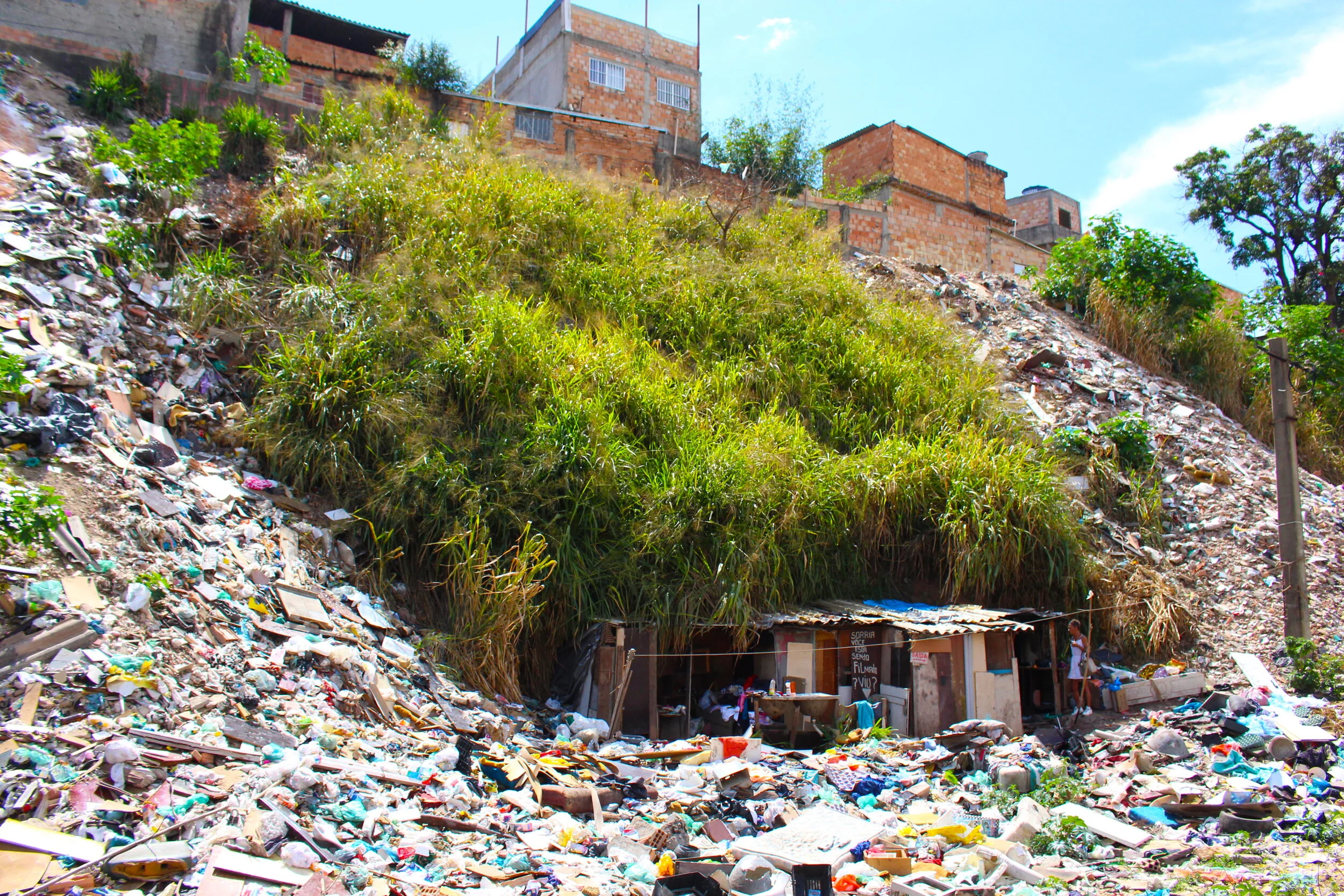Slums to some are homes to others – and hope is driving change for residents
Originally published in The Scotsman on 6th December 2019
Someone once said that cities, like books, can be read. Slums in Brazil provide the most thrilling manuscripts one can study. With more than 6,300 spread throughout the country, these makeshift towns are home to more than 12 million people who have fallen out of the housing system and are forced to creatively fend for themselves as best as they can.
Known as ‘favelas’, they typically come into being when squatters occupy vacant land and construct their homes with salvaged materials. Once they are settled in a particular location, they need to learn the ropes of living in densely populated communities with limited resources.
One should be cautious not to generalise slums as homogenous territorial entities with the same traits and trends. Each one has its own unique characteristics. Their elders hold the memory of the first land occupations. Their topography influences their social relations and informal economy. Their demographic composition evolves through different migration flows. Their ecological environments display a multitude of stresses. Their lack of infrastructure informs their health conditions and wellbeing.
According to UN-Habitat there are two broad categorisations of slums: slums of hope, identified as ‘progressing’ settlements, and slums of despair or declining neighbourhoods undergoing a process of degeneration. I have recently been invited to join efforts in a project-based learning initiative, supporting citizens of Vila Betânia – a favela in the Brazilian city of Belo Horizonte – to shift from a declining neighbourhood towards a progressive, regenerative and hopeful settlement.
Project-based learning is described as a methodology focusing on stakeholders working together over a significant amount of time to develop the capacities to address often complex situations and authentic problems while developing critical, creative and practical skills. This is a truly emancipatory effort in which, through close interaction, the stresses and boundaries of the teacher-student relationship cease to exist.
The Vila Betânia syllabus was developed within the UNESCO Education for Sustainable Development (ESD) framework, enabling the residents to develop their skills within three dimensions of sustainability: environment, society and economy.
The interactive curriculum was informed by best practice theories and methods developed by networks within the fair trade, eco-communities and agro-ecology movements. In the social design workshops, an intergenerational group practised empathic communication, considered different decision-making techniques, acquired tools for facilitating conflict resolution and recognised the importance of nurturing local traditions. When it came to the environment, they discussed how to transform the human impact on food, land, biodiversity and water systems.
With garbage waterfalls cascading down their slopes of their hillside favela towards a train line, the great design challenge was how to anchor the concept of regenerative urban development in the midst of such a dystopian territory.
Through back-casting – a planning method that starts with defining a desirable future and then works backwards to identify policies and resources to achieve it – the collective dream of Vila Betânia becoming zero-waste and low carbon-emitting was brought to the fore.
For them it is clear they want to eliminate the concept of waste while promoting viable livelihoods and distributing prosperity fairly within and between generations.
There are 1001 ways to read the Vila Betânia story. Reading from outside, one may identify several areas of criminality and drug activity that some residents seek to avoid. From inside, you experience the yearning of the residents to heal the self-inflicted wounds on the natural systems which sustain their life styles.
Reading from outside, you may consider Betânia as a poor neighbourhood, a place of social unrest isolated from the values and opportunities of mainstream Belo Horizonte. But from inside, you also sense the bond of solidarity, fundamental in any form of communal life, however socially detached and unregulated it may appear.
Brazil is undergoing a seismic shift where old forms of intolerance are being rekindled and multi stakeholder dialogue is not seen as a priority. This is not the case of Betânia. Here, a group of residents from different ages, faiths and ethnic backgrounds have created a regenerative task force to breathe new life into their community. Their collective dream is of clean alleyways, colourful houses, protected woodlands and unpolluted water sources. They are committed to take action by adopting a regenerative place-centred approach, eschewing the ‘one size fits all’ urban master plans that are rolled out with minimal regard to the bio-cultural uniqueness of place.
For a long time, favelas have been a byword for gang violence, drug dealing and deprivation. The people of Vila Betânia are rewriting their story. In place of despair, the next chapter will be headlined ‘hope.’
May East, CEO Gaia Education.

